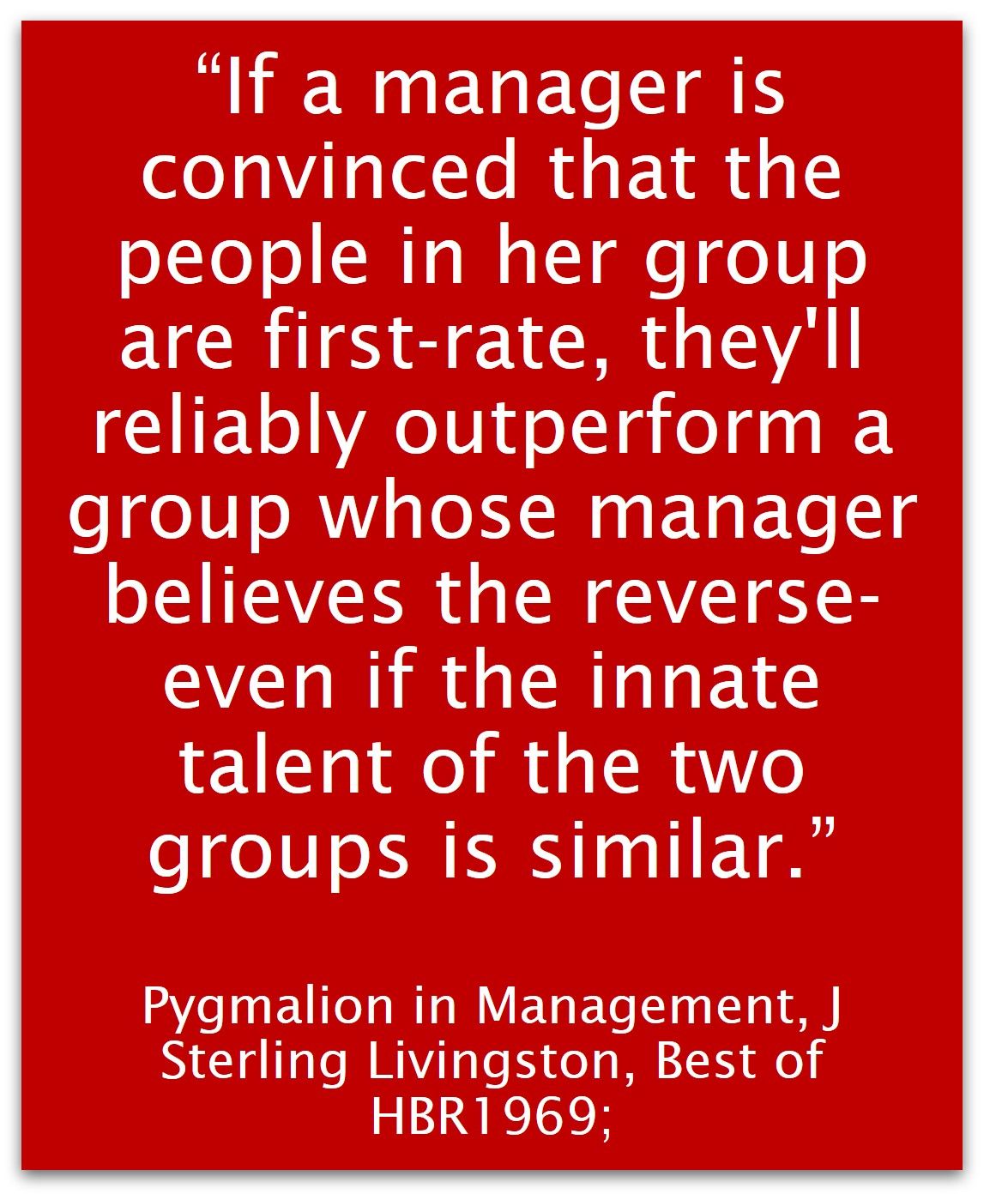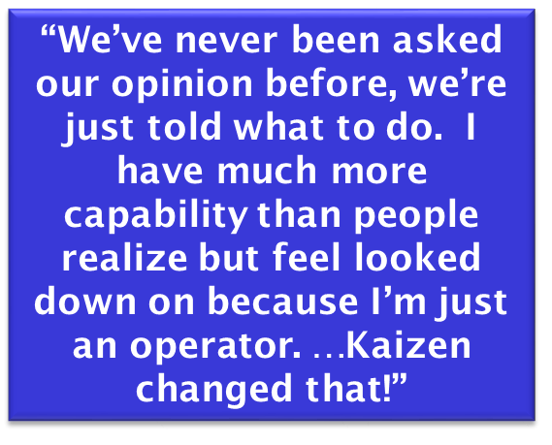The Importance and Potential of People
The IMPORTANCE AND POTENTIAL OF PEOPLE

“People are the heart, head and muscle of the high performing organization—who they are determines whether it exists or fails to exist”. Vital Enterprises, The High Performing Learning Organization
What biases and history do you bring to a conversation? How might these biases and history impact how you see one another or how you see yourself? This month we share the Pygmalion and Galatea effects and their profound impact on performance.

The Pygmalion Effect:
Pygmalion – The mythical Greek sculptor who loved and believed in his sculpture so much that it came to life.
The perceptions and expectations from a parent, teacher, supervisor, influencer, or peer influence the behavior of another individual (subordinate, child or student). The individual notices and internalizes these expectations and starts to behave as expected (positive or negative).

The Galatea Effect:
Galatea – The sculpture Pygmalion brought to life.
An individual's opinion about their ability and self-expectations about performance largely determine their performance. If an employee thinks they can succeed, they will likely succeed.
Why are the Pygmalion and Galatea Effects still Relevant?
Goethe: “Treat a man as he appears to be, and you make him worse. But treat a man as if he already were what he potentially could be, and you make him what he should be.”
These effects occur when:
- Interviewing and hiring someone. "They remind of someone I did not like in high school."
- Assigning tasks/responsibilities. "I have a better personal relationship with Pat, I'll give Pat the work."
- When evaluating performance. "My expectations were low and you did not go above or beyond." and "I only did what was expected." and "You are more capable than you think."
- In collaborative problem-solving team environments. "They are always on their phone, they must not care." Therefore, they are ignored/overlooked; in reality they were taking notes on their phone.
- Improving inequities. "Your current environment does not have to dictate your future environment."
Managers' expection of subordinates and the way they treat them help determine their performance and career progress. Subordinates, more often than not, appear to do what they believe they are expected to do. A unique characteristic of leaders, supervisors, teachers, coaches, and influencers is the ability to create high performance expectations that subordinates fulfill.
The Pygmalion and Galatea effects are learned and immediately applied in:

